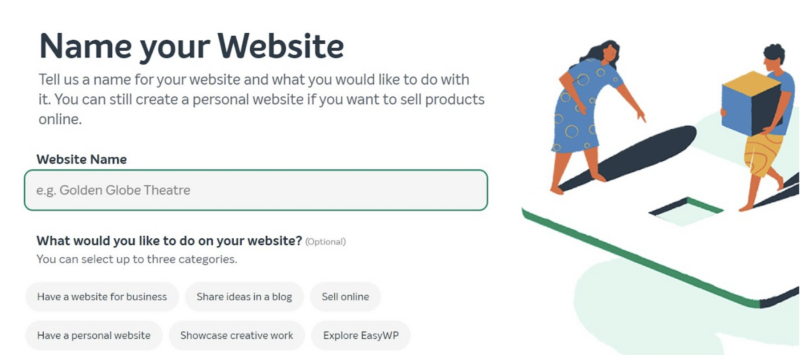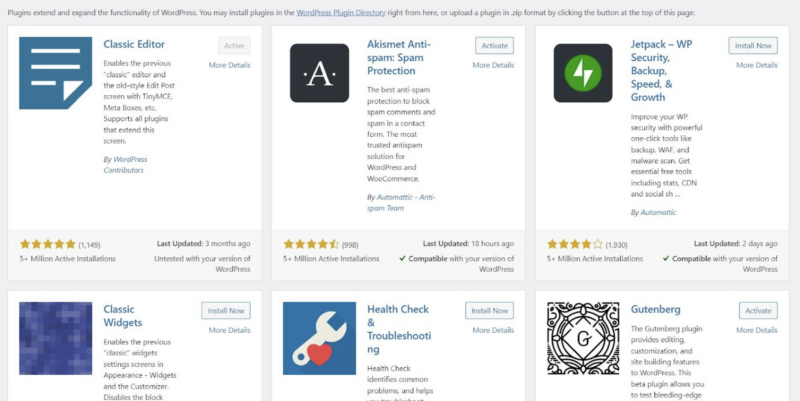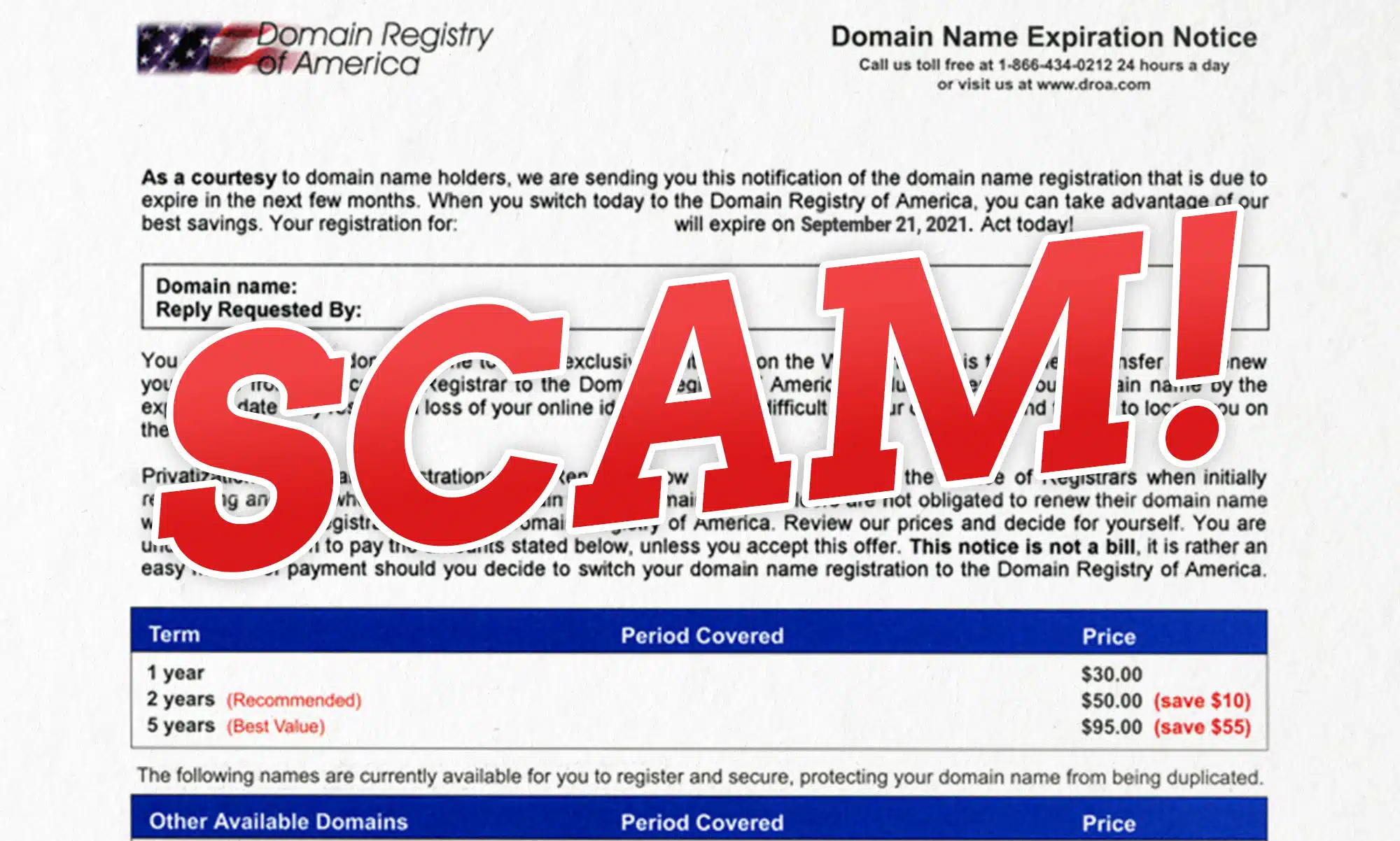“I have a domain name. Now what?” is a common question people ask. A domain name is pointless if you don’t do anything with it. After buying your domain, many things will run through your mind, and choosing how to use it productively can be confusing. However, don’t fret. This article will guide you on what to do after purchasing a domain name.
Before we proceed, let’s run through how to buy a domain in the first place.
Acquiring Your Domain
Buying a domain has become as simple as ever. The first step is to choose a domain name you like that is relevant to your business. Afterwards, you can check if it’s available to buy immediately.
Find a domain registrar accredited by the Internet Corporation for Assigned Names and Numbers (ICANN), the organization overseeing all domain names on the Internet. If the domain name is available, you can purchase it immediately from an accredited registrar. The price depends on how high the demand for the domain name is.
If the domain name has already been claimed, you need a different approach. You can check domain marketplaces to see if the owner has possibly listed the domain for sale (see our list of the best domain marketplaces). Otherwise, you can possibly contact the owner to negotiate a deal.
For more details, check our in-depth article about how to buy a domain name.
What To Do After Buying A Domain Name
You have acquired a domain name and have taken the first step in building your web presence. Now, there are many other things to do after buying the domain and we’ll outline them below.
1. Get Web Hosting Setup
After buying a domain name, the first thing to consider is hosting a website with it. You’ll need a web hosting package from a reliable company. The company will host your website on its servers for a fee, and your website will be accessible once someone types your domain name into their web browser.
Web hosting has become as easy as ever to get. You can get reliable web hosting for a few dollars monthly, and the price keeps going down as computing capacity increases around the globe.
Sometimes, a domain registrar also offers web hosting services, meaning you can buy a domain name and a hosting package from the same platform. Otherwise, you can buy them separately and point your domain name to your hosting company’s servers.
2. Connect Your Domain to Your Hosting
Connecting your domain to your hosting provider is relatively easy. You can do it via two methods:
- Changing the nameservers to that of your web hosting provider.
- Adding a DNS A record.
Either method involves changing the domain name system (DNS) configurations from your domain registrar. Your registrar allows you to directly change the nameservers from its default to the one provided by your hosting company. You can also point your domain to the hosting company’s nameservers by adding a DNS A record. It’s the same action but with two different approaches.
3. Create an Email Address with Your New Domain
Instead of using a common email address ending with “Gmail.com,” “Yahoo.com,” or “AOL.com,” you can use one ending with your custom domain name. It makes you look more professional and shows people you’re serious about your business.
Many domain registrars also offer email hosting, so you can pay for it and create custom emails directly. Otherwise, you can choose an external email provider and change your domain’s DNS MX records to point to its mail servers.
4. Build Your Website and Brand
The best way to put a domain to work is to create a website with it. It can be any type of website, such as a blog or online store. Creating a website is usually complex, but there are ready-made tools that make the process as easy as it can get. You can use a designated website builder like WordPress, Wix, Weebly, Squarespace, etc.
WordPress is the most common tool for building websites because of its versatility. You can use it to create virtually any type of website you want. Follow these steps:
- Install WordPress on your web hosting account (many hosting providers offer one-click WordPress installation). Afterwards, log into your WordPress dashboard to begin customizing your website.

Installing a new website via EasyWP, a WordPress hosting solution from Namecheap.
- Choose a theme for your website. The theme is critical because it dictates the look and feel of your website. Every WordPress version has a default theme, but you can change it to anyone that suits you best. You can choose a free theme from the WordPress theme directory or buy a custom theme from marketplaces like ThemeForest. You’ll install the theme directly from your dashboard or manually upload the theme file.

WordPress theme library
- WP pluginsInstall WordPress plugins to add features to your website. The best part of WordPress is its ecosystem of plugins built by external developers. You can find any plugin you think of to add custom features to your site. Examples of popular plugins include WooCommerce for selling products, WPForms for creating forms, Akismet for anti-spam protection, etc.

WordPress plugins
If WordPress is unsuitable for you, you’re free to choose any other website builder to create your site.
5. Register and Trademark Your Name
If your domain name is part of a new business, it’s advisable to register the business with the relevant government agency and file a trademark for your domain name. Formal registration makes your business look more legitimate to customers and fellow businesses.
You can register your business under various legal structures, including a sole proprietorship, partnership, or limited liability protection (LLC). An LLC means the business has a separate legal identity, and the shareholders (including you) won’t be personally responsible for corporate debts and judgments, i.e., limited liability.
You can file for a trademark with your relevant government agency, e.g., the Patent and Trademark Office (PTO) for U.S. residents. A trademark gives you legal protection against another business using your name.
6. Market Your Website
It’s not enough to just create a website. You must promote your website to ensure your relevant target audience finds and interacts with it. The best ways to promote your website include:
Submit Your Website To Search Engines
You want your website to be indexed by popular search engines like Google and by submitting your website through a tool called Google Search Console you can get it indexed effectively.
Backlinks
Find a way for other websites to link back to your website. These ‘backlinks’ improve your site’s reputation with search engines, and they’ll suggest your website more when people search for relevant queries.
You can write informative content that other websites will gladly link back to. You can also exchange backlinks with relevant websites to boost your rankings.
Social Media
Promote your website on popular social media platforms like Facebook, X (Twitter), Reddit, Quora, and others. It’ll help you spread the word about your brand and get customers.
7. Create A Google Search Console (GSC) Account
Google is the world’s most popular search engine, with an 83% market share. It’s practically the gateway to the web, and you’ll be doing your website a disservice if Google does not index it.
Google Search Console (GSC) is a platform that allows website owners to check their indexing status, detect errors, and optimize their visibility on the Google search engine. Anyone can create a GSC account and add their website to it.
You must verify ownership of any domain you want to add to GSC, and it works in different ways, including
- Uploading a specific HTML file to your domain’s root directory.
- Adding a custom HTML tag to your website.
- Adding a TXT record to your domain’s DNS configuration.
After verifying ownership, generate an XML sitemap of your website and submit it to Google Search Console. This sitemap defines the relationship between all your website’s menus and pages, helping Google index it effectively.
A Google Search Console account allows you to monitor which website pages have been indexed by Google and which have not. You can detect and fix indexing issues to improve your visibility and search engine rankings. Google also provides a tool to evaluate and enhance your website’s speed and performance, which plays a significant role in its search engine rankings.
8. Sell Your Domain
After putting a lot of effort into building and maintaining a website on your domain name, it’s understandable to want to sell the domain and enjoy the fruits of your labor. The good news is that domain names become more valuable when you use them to create websites and follow the other steps mentioned in this article; here are some tips on buying and selling domain names for profit.
The easiest way to sell a domain is to list it on a marketplace to see if you’ll find willing buyers. However, the best option is to hire a domain name broker like Name Experts to help you. Domain brokers are experienced in judging the value of a domain and negotiating the best deal for you. On your own, you may significantly undervalue your domain and sell it for less than it’s worth or overvalue it and find no buyers.
A domain broker helps you strike the right balance and sell your domain for an optimal price. If you’re looking for one, contact Name Experts today for a free consultation.





